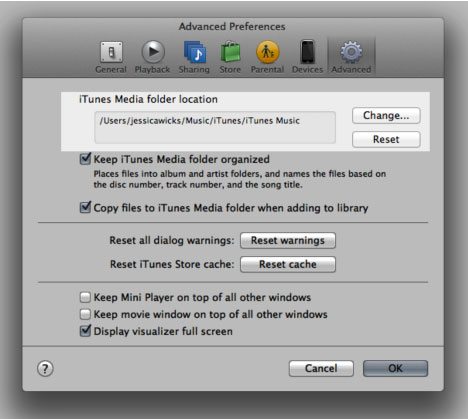Jul 12, 2017 How to Move Your Apple Photos Library to Another Location Matt Klein @howtogeek Updated July 12, 2017, 11:14am EDT Apple’s new Photos application was released as part of a. Nov 11, 2015 How to quickly combine multiple Photos libraries in OS X As of OS X Yosemite, Apple is encouraging everyone to use its new Photos program for managing pictures in OS X. While Photos has a number of pros and cons, it does share a limitation of its “iPhoto” predecessor, in that while it uses a library system for managing photos and offers an. Jan 31, 2017 Feature Request: iCloud Photo Library support for multiple Apple IDs. Apple could just include a toggle to either keep your iCloud Photo Library separate or combine with someone else’s. Nov 11, 2015 First, the classic way of doing this would be to use an export/import option: Open Photos while holding the Option key Select your desired Library to open Select all items and export them to a folder. Jul 27, 2019 Part 2. Using iMusic to Merge iTunes Library Effortlessly. The next method that we’re going to look at allows you to easily merge iTunes library without too much hassle on your Mac or Windows. This is the best method available and on top of that, iMusic – Music Manager & Download is a program which has a lot more to offer than just this.

Your Photos library holds all your photos, albums, slideshows, and print projects. If your library is large, and you want to free up storage space on your Mac, turn on iCloud Photo Library and use Optimize Mac Storage, or move your library to an external drive.
Before you start, be sure to back up your library.
Merge Mac Photo Libraries
Prepare your drive
How To Combine Mac Photo Libraries
You can store your library on an external storage device, such as a USB or Thunderbolt drive formatted as APFS or Mac OS Extended (Journaled).1 Find out how to check the format of your external storage device.
To prevent data loss, Apple doesn't recommend storing photo libraries on external storage devices like SD cards and USB flash drives, or drives that are shared on a network.
Move your Photos library to an external storage device
- Quit Photos.
- In the Finder, go to the external drive where you want to store your library.
- In another Finder window, find your library. The default location is Users > [username] > Pictures, and it's named Photos Library.
- Drag your library to its new location on the external drive. If you see an error, select your external drive's icon in the Finder, then choose File > Get Info. If the information under Sharing & Permissions isn't visible, click , then make sure the 'Ignore ownership on this volume' checkbox is selected. If it's not selected, click to unlock it, enter an administrator name and password, then select the checkbox.2
- After the move is finished, double-click Photos Library in its new location to open it.
- If you use iCloud Photo Library, designate this library as the System Photo Library.
Delete original library to save space
After you open your library from its new location and make sure that it works as expected, you can delete the library from its original location.
In a Finder window, go back to your Pictures folder (or whichever folder you copied your library from) and move Photos Library to the trash. Then choose Finder > Empty Trash to delete the library and reclaim disk space.
Open another Photos library
If you have multiple libraries, here's how to open a different one:
- Quit Photos.
- Press and hold the Option key while you open Photos.
- Select the library that you want to open, then click Choose Library.

Photos uses this library until you open a different one.
How To Combine Iphoto Libraries
Learn more
If you have a permissions issue with your library, you might be able to resolve the issue by using the Photos library repair tool.
1. You can't move your library to a disk that's used for Time Machine backups.
2. If the volume isn't formatted APFS or Mac OS Extended (Journaled), or has been used for Time Machine backups but hasn't been erased, this checkbox will either not be present, or won't be selectable after unlocking. Erase and reformat the drive for this option to be available.